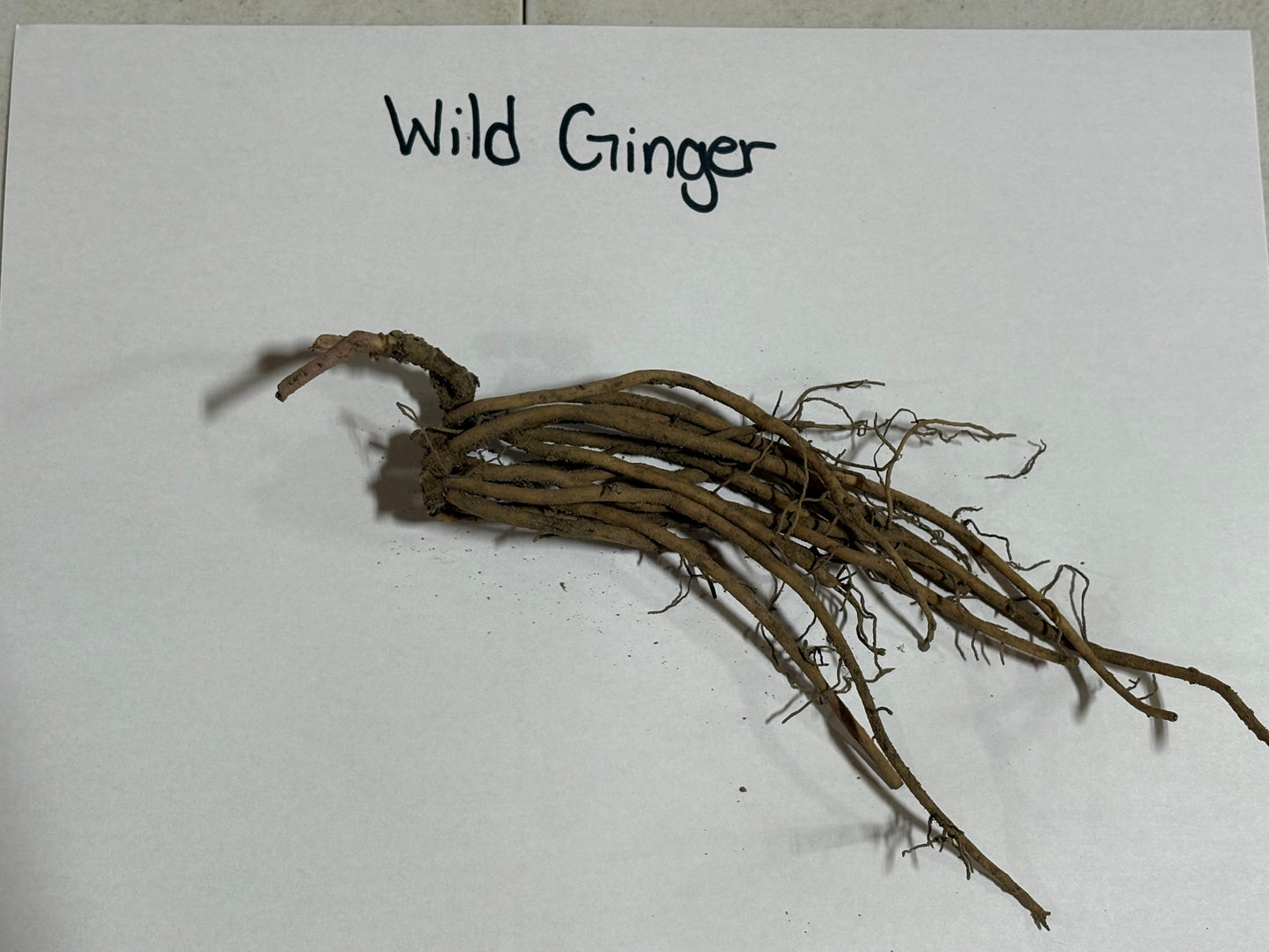



Removes & Absorbs Toxins
Improves Air Quality
Low maintenance & easy to grow
Buy Wild Ginger Plants Online
Wild Ginger Plants are a native perennial with glossy, dark green, heart-shaped leaves that form dense colonies. Small brown flowers bloom in spring, typically hidden beneath the foliage. Known scientifically as Asarum canadense, they are also called Heart Snakeroot, Woodland Ginger, Indian Ginger, Catfoot, and Ginger Root.
Appearance and Growth Habits
Wild Ginger grows 4 to 12 inches tall with a spread of 6 to 12 inches. Leaves are branched, 3 inches long and 4 inches wide, glossy, and dark green with lighter streaks. The plant prefers fertile, loamy, moist, and slightly acidic soil in shaded or partially shaded areas. It is deer-resistant and low-maintenance, thriving in USDA zones 3 to 8.
Flowering and Blooming
The small burgundy-brown flowers appear near the ground in early spring. Flowers are ball-shaped with three tips and typically bloom briefly under the protective leaf canopy. While short-lived, they provide a subtle fragrance reminiscent of ginger.
Ideal Growing Conditions
Wild Ginger thrives in shade, especially under large trees, and prefers well-drained but moist soils. It grows well in woodland gardens, rock gardens, water gardens, and along streams, ponds, or lakes. It spreads via rhizomes and can be divided in fall when dormant to cover larger areas.
Wildlife and Garden Benefits
This perennial attracts butterflies and provides natural ground cover. Its dense growth helps prevent soil erosion on steep banks or around water features. It pairs well with ferns, trilliums, hostas, and other woodland perennials, creating natural-looking borders and low-maintenance garden areas.
Maintenance and Longevity
Wild Ginger is fast-growing, hardy, and long-living. It requires minimal care beyond occasional watering during dry seasons. It naturally reproduces from seeds but grows faster when planted from established nursery plants. Its heart-shaped leaves and subtle flowers make it an excellent choice for shade gardens and natural landscaping.
This Is How Your Plants Will Look upon Delivery
Bloom Season
Bloom/Foliage Color
Purple
Shipping date depends on the date displayed and chosen when you order from the product's page.
We do not offer warranties on products after 5 days past receiving your plants.
Our Blogs
By signing up, you agree with our privacy policy.






